The Autonomous Sports Car That Can’t Be Crashed
You’d be forgiven if you do not know who Seymour Powell is, but you will have seen his work. Countless concept cars were made here before they wore the branding of the manufacturer financing them on a shiny trade show turntable. The interior of the Virgin Galactic spaceship – in which Richard Branson nudged the edge of Earth orbit – is also the work of SP.
With the help of a VR headset, they got to “help” design the car, tugging at the lines and creases of the design here and there, before the pros at SP – Richard Seale and Jonny Culkin – presumably corrected them as they took off the headset to quell their discomfort with a cup of tea.
And what about the mood board? Getting a completely open brief to design a car from scratch is pretty intimidating, and a world away from working out gaudy colour schemes via an online configurator. But we knew this sports car of the future – a totem for an autonomous electric car you could be proud to own – had to be small, light and instantly lively to drive. Elise,” “Caterham,” and “motorcycle” were among the first clichéd words that came to mind when I first sat in the design studio at SP sipping a Nespresso in a painfully cool cup. But at an open briefing, there was no need to be so obvious. “What car designs have you admired?” asked Richard.
With ease and simplicity in mind, Jonny Culkin replied, ‘Mk1 Ford Ka’ – a car that sold for twice as long as convention dictated, and still looked as fresh and current in its final year. Then they talked single-seat F1 cars – Richard is a big fan of the Lotus 49, whose cigar-like profile fed straight into the briefing – before moving onto the idea of a jet fighter-style cockpit for ultimate visibility. Ford Kas and the F-35 in a single coffee.
“The car culture is still very important to us,” Richard says. “It may shrink in the next few decades, but there will be a subset for which we need to deliver good, thoughtful design.
“All these incredibly well thought out and well designed new cars have become a massive compromise when it comes to passion and flair. We are seeing specialty vehicle departments at automakers growing rapidly because technology is allowing them to make a lot more custom parts. It’s a better business case than ever before and it’s only going to keep growing.
The project they are building their sports car around is known as ‘Lean’. This stands not only for its featherweight construction, but also for the processes involved in its manufacture. The fundamentals are not far removed from the platform sharing that is common among large car companies like Volkswagen and Stellantis.
All Lean cars are based on an electric skateboard chassis, onto which you can add different interiors and bodywork. The latter could be custom designed and 3D printed, allowing even mainstream models to be unique one-offs with no delay in manufacturing time. Batteries can be moved to mimic front- or mid-mounted engines. Crash tests can be performed virtually and chassis tuning is done via an algorithm.
It could even be that all of these skateboards are built in a large factory and local dealers install your chosen panels at the point of sale, bringing the auto industry to each city in a smaller, friendlier way.
“Maybe we can go back to the days when a vehicle truly represented where it came from, while developing skills and creating opportunities in local environments,” Jonny says, “and reawakening that passion from the ground up.”
This is all hypothetical – SP is a think tank, not a manufacturer – but it’s easy to get sold on the idea of building bodies for the masses thanks to 3D printers. Especially when it comes to making electric, autonomous pods something they want to enjoy on their own terms.
“Not only can you specify the type and size of vehicle,” says Jonny, “but you can also specify hand-beaten steel plates for something retro-style, or natural fibre because you crave sustainability.
“It’s about designing the foundation of the aluminium structure so that the client has the freedom to express themselves through the visible materials. That’s where we as designers should think about self-expression and pride of ownership, which will mean something different to everyone.
Not only does it allow us mere mortals to design our own cars at home, but it could also allow manufacturers to produce small batches of exciting halo cars – and sell them at more affordable prices. “Imagine if they were allowed 100 V8 cars a year, offset by 100,000 electric cars,” Richard says. “That idea could allow them to quickly produce something in low volume to keep their brand alive.
“A Ford Ka fighter jet sounds ridiculous without context, but hopefully the car you see here lends it some credibility. Not least because it really has benefited from SP ‘s work on spacecraft.
“We have learned a lot about lightness working with space engineers and materials developers,” says Richard. “It’s good stuff for developing electric cars, where weight is an important factor.
“We have called this car ‘Lean’ not just because it’s stripped down to the bare essentials in terms of driving, but because it’s only got the parts that really matter. That’s the key transition from aerospace to concept cars.”
It’s a small piece of futuristic exoticism, but you are dealing with a vehicle that weighs 750 kg (under 500 kg without batteries) and is about the length of a Fiesta; in today’s driving conditions, anything smaller does not bring much advantage. To the chagrin of SP.
“There’s something very honest and accessible about the world of kei cars and I think London should be awash with them,” says Richard.
And that brings us to Lean’s pièce de resistance, indestructibility. At least in theory. In addition to his thoughts on body design, SP has also proposed the gamification of driving, the endpoint of how exciting autonomous technology could be if framed by the question, “How would you drive if you could not crash?
“Why was a Mini OK in the 1950s but not now?” adds Jonny. “We got it all wrong when someone came up with the idea of building something bigger and over-engineered.”
The idea, shown in the animation above, is that if your car is packed with safety systems – and can detect the road well in advance – you could (could, not should, mind you) treat your favourite routes like one-way time trials. That means driving on either side of the white line when no one’s around, and trying to drive around each apex with a virtual buffer to prevent you from driving wantonly into the underbrush, much like the no-fly barriers that drones practically jet into. It’s basically the safety of a racing sim, but in real life. And it’s undeniably enticing.
“Since we have been talking about it, Tesla has made it possible to sit at the window and play,” Richard says. “They have brought the fun back into it. They have the courage to provide moments like that, and I think that will have an impact on others. The car industry has been far too serious for far too long.
“In the industry, we are seeing a lot of manufacturers turning to retro design to move people from the internal combustion engine to electric. The reason an electric car like the new Renault 5 – or the Honda e and Fiat 500 – is so well received is because it’s not too serious. We will see the gimmick take hold as much as the retro design.”
While it’s of course wild to imagine driving so recklessly on the road – and SP admits it’s an unrealistic concept – Jonny has a more realistic take on the formula.
“Let us say I own Lean and I am doing a lap of Goodwood or Donington in the middle of the week with my real-world car in a driving simulation. Let us say I drive a 1:31.5.
“Then at the weekend I’ll drive on a real track with a head-up display or a AR headset that trains me to achieve the actual lap time. Playful driving in a sustainable, safe and very sensory way.”
“It’s called ‘hedonistic sustainability’,” adds Richard. “You should be able to have fun while doing the right thing, otherwise you will not be doing the right thing.”
UP IN NEWS
- Skoda Octavia Named Autos Community’s Family Car of the Year
- Cyan Racing Celebrates 25 Years of Extended WTCR Lead
- The Chevy Beast Steals the Show at SEMA 2021
- Tesla Delivered 241,300 Cars This Past Quarter While Other Automakers Saw Huge Drops
- New Study Reveals How Many Connected Car Write-Offs Are for Sale
For all the latest automotive news, reports, and reviews, follow us on Twitter, like us on Facebook, subscribe to our YouTube page, and follow us on Instagram, which is updated daily.
Stay Ahead of the Curve
Unlock the World’s Leading Source of Automotive News and Analysis.
Autoscommunity.com provides innovative marketing and advertising solutions to support an advertiser’s specific campaign objectives. Customized programs leverage the best of Autoscommunity.com. Contact our sales team today and see what our team can do for your custom advertising solutions.
Please include a contact number if you are willing to speak to our sales team. You can also get in touch in the following ways:
-
WhatsApp: +971 54 453 94 67
-
Email: [email protected]
-
Please Read Our Privacy Policy



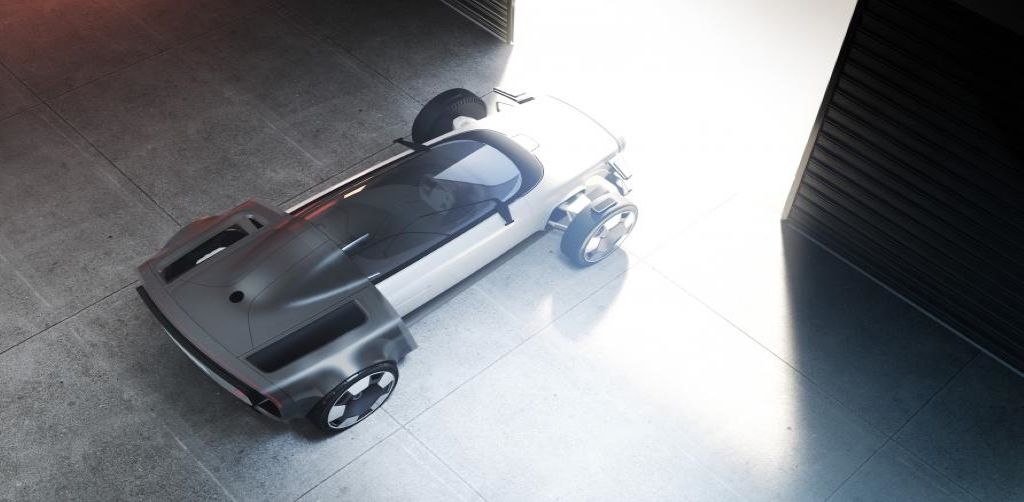
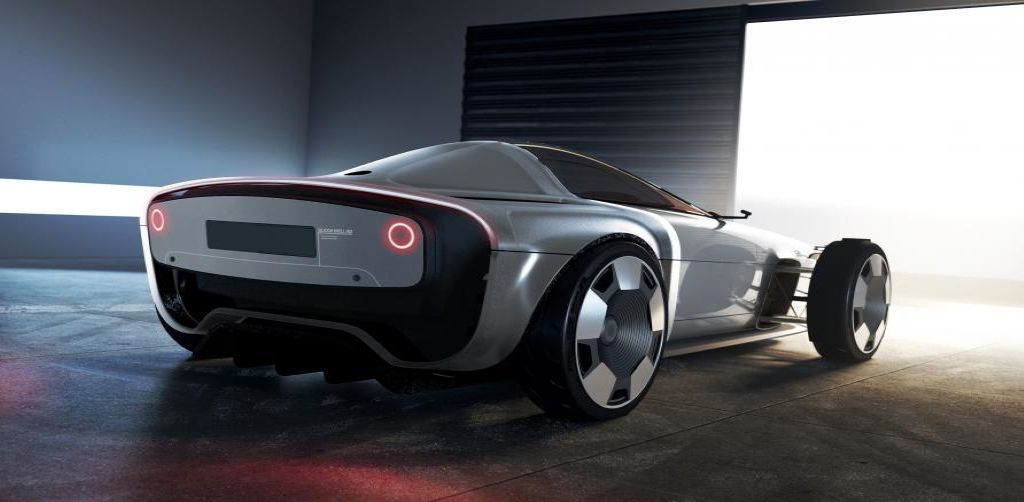
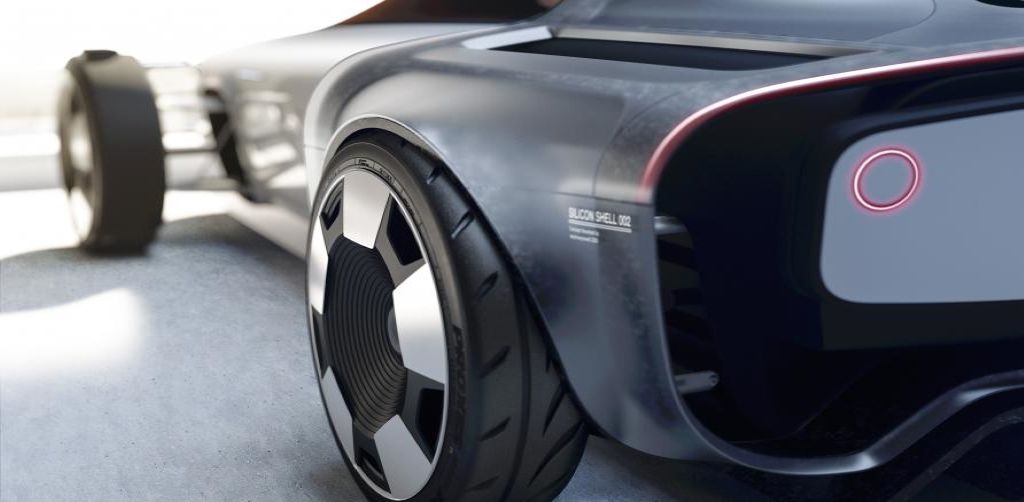

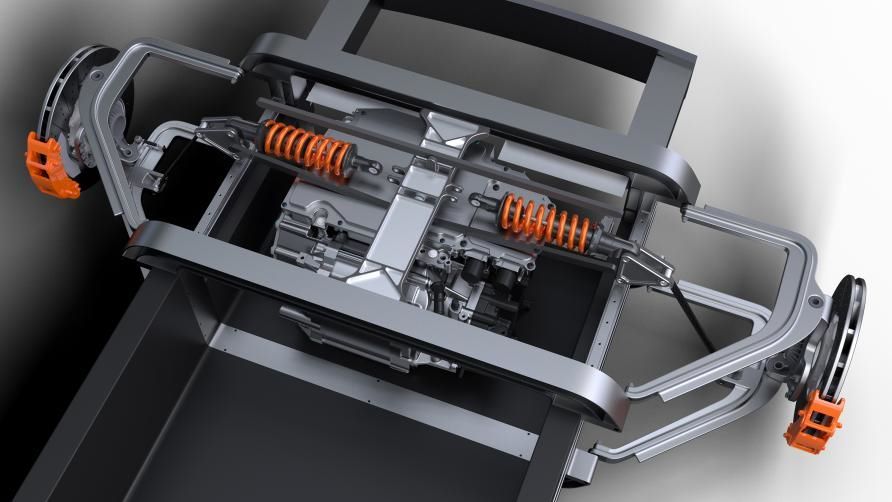

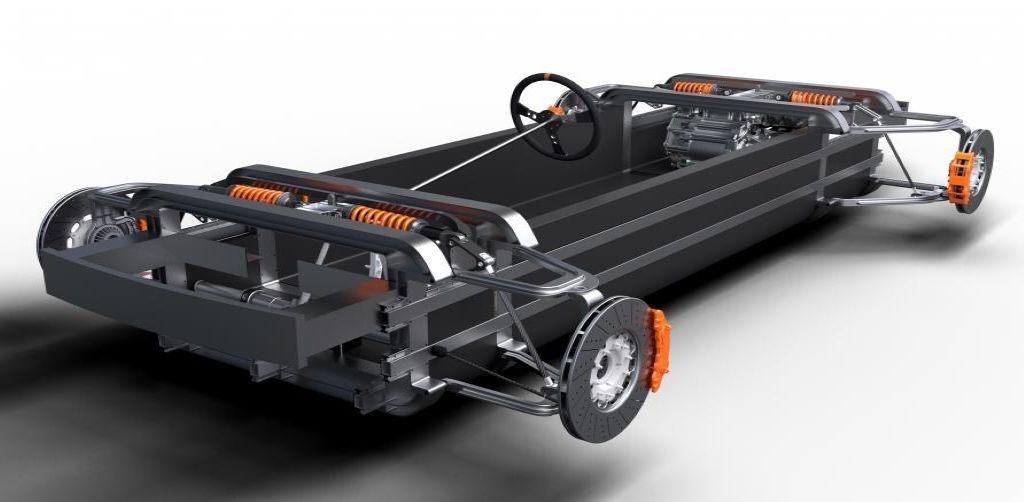



Comments are closed.